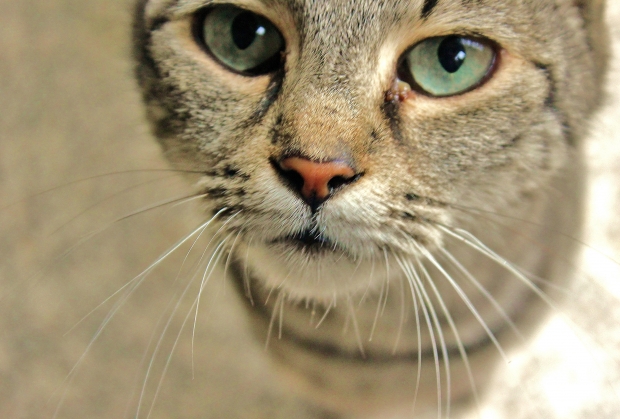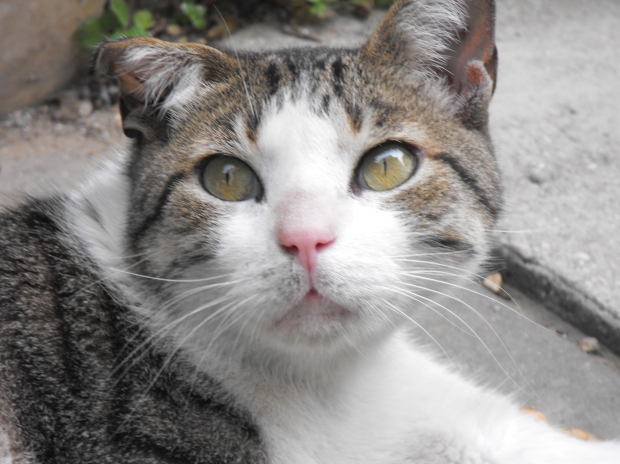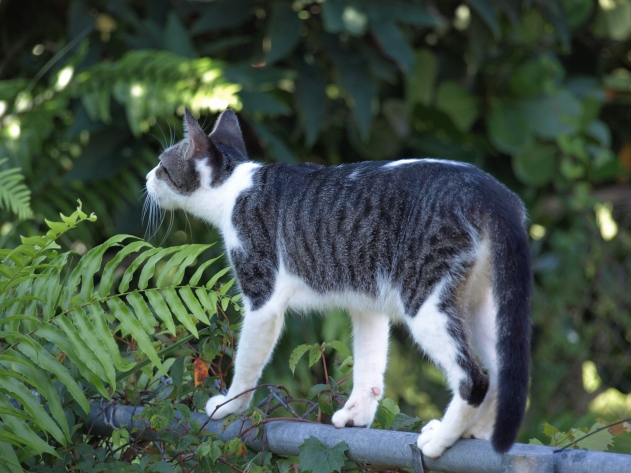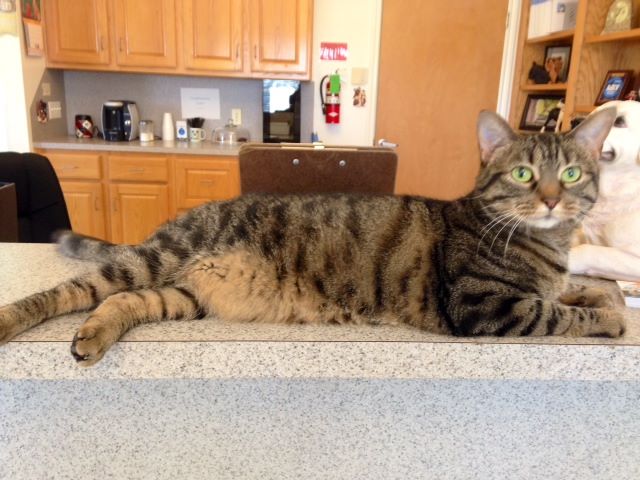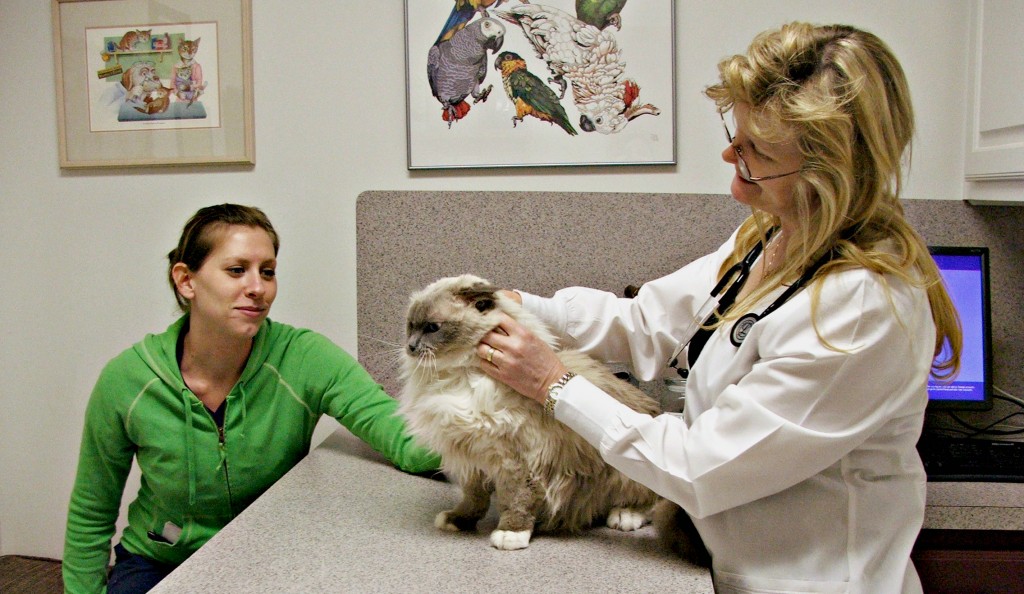 Cats are a unique species in many ways. One of the more harmful of these is their tendency to develop injection site reactions. Therefore, when given certain types of injections, cats may react at the site of the injection. Adjuvanted vaccines are the type of injection with the most risk for your cat is an adjuvanted vaccine. We will discuss Adjuvanted and Non-Adjuvanted Vaccines.
Cats are a unique species in many ways. One of the more harmful of these is their tendency to develop injection site reactions. Therefore, when given certain types of injections, cats may react at the site of the injection. Adjuvanted vaccines are the type of injection with the most risk for your cat is an adjuvanted vaccine. We will discuss Adjuvanted and Non-Adjuvanted Vaccines.
Continue reading Difference Between Adjuvanted and Non-Adjuvanted Vaccines





